Our Sterling Silver Valknut Necklace captures the essence of Viking heritage through its meticulous design and profound symbolism.
Handrafted from Sterling silver, this men’s Viking necklace exudes both strength and elegance. The pendant’s intricate design is highlighted by a polished finish, making it a standout piece whether worn daily or on special occasions. Historically, Viking warriors and seafarers would wear such amulets for protection, seeking Odin’s guidance and blessings in their quests and battles.
This Norse pendant is not just a piece of jewelry; it is a powerful talisman that connects the wearer to the ancient traditions and wisdom of the Viking Age. It serves as a reminder of the courage, resilience, and spiritual depth of the Norse people. Ideal for those who appreciate history, mythology, and unique accessories, this Viking amulet makes for an exceptional gift or a personal keepsake.
Embrace the timeless appeal of the Valknut and let this necklace be a symbol of your own journey and transformation. Whether you are a history enthusiast or simply drawn to its powerful imagery, this Valknut necklace is a perfect addition to any collection.
The Meaning of the Valknut
The Valknut is one of the most enigmatic and controversial symbols from the Viking Age, comprised of three interlocking triangles. The term “Valknut” is a modern invention, often assumed to combine “Valr” (slain warrior) and “knut” (knot), translating to “knot of fallen warriors.” This symbol appears in various forms on runestones, such as the G 268 and the Stora Hammars Stone.
The exact symbolism of the Valknut remains debated. It is often thought to represent the connection between the three realms of Norse cosmology: Asgard, Midgard, and Hel, or the cycle of birth, life, and death. Some scholars, like Hilda Ellis Davidson, associate it with Odin’s power to bind and unbind, while others link it to the number nine, which holds significant meaning in Norse mythology.
Archaeological findings frequently connect the Valknut to Odin, earning it the epithet “Odin’s knot.” It is found on gravestones and urns, suggesting a link to mortality and the transition between life and death. Despite modern debates about its authenticity and symbolic value, historical evidence supports the Valknut’s association with Odin and the afterlife.
The symbol’s name and etymology have sparked much debate. Gutorm Gjessen suggested its name derives from “valr” due to its connection with Odin, while Magnus Olsen proposed it might relate to the term for Celtic knot. The Valknut appears in Scandinavian artifacts, often in contexts linked to Odin, reinforcing its significance in Viking culture as a symbol of the god and themes of life, death, and fate.
In conclusion, while we cannot definitively ascertain the Valknut’s original meaning or name, evidence strongly indicates its association with Odin and its role as a potent symbol in the Viking Age.


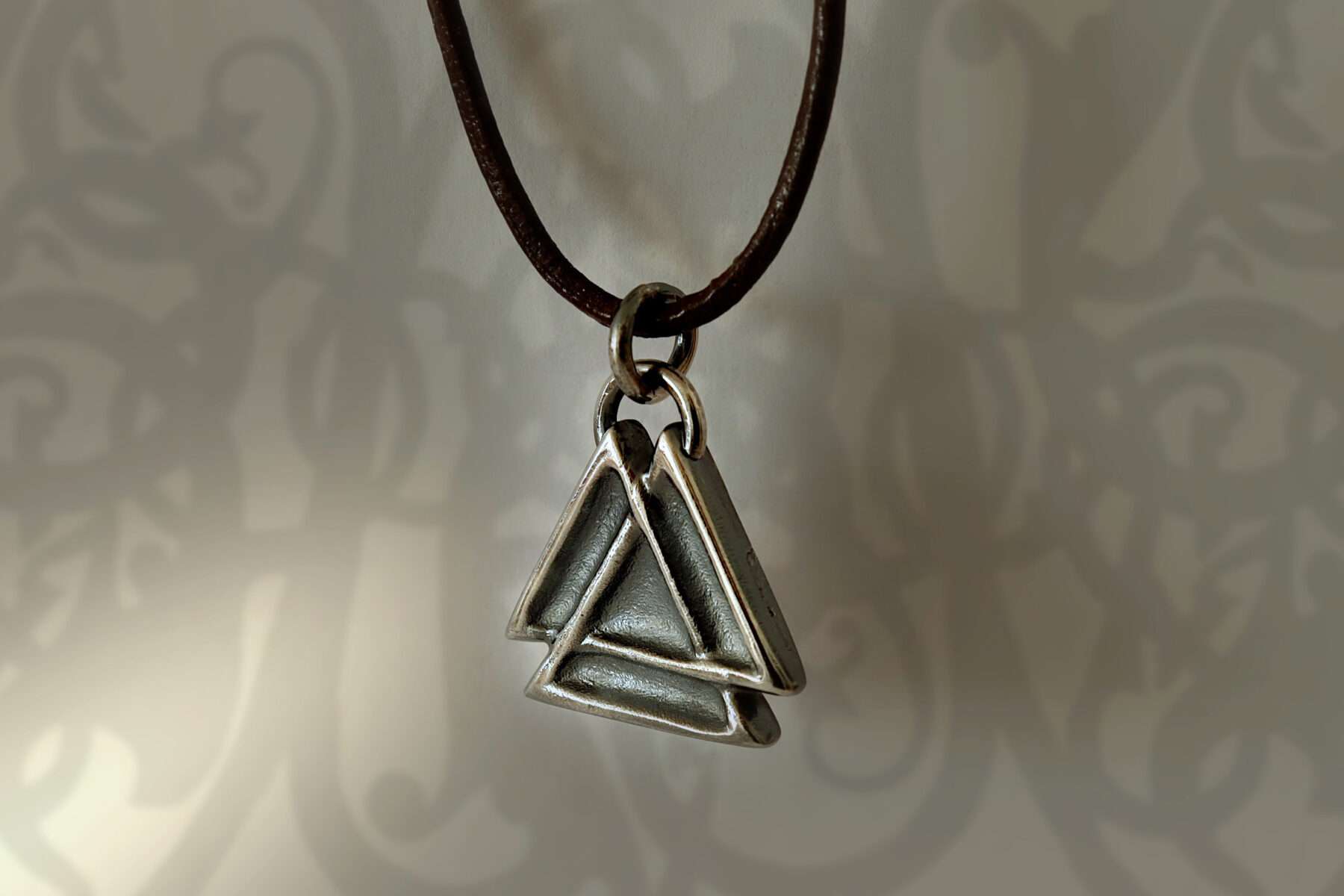
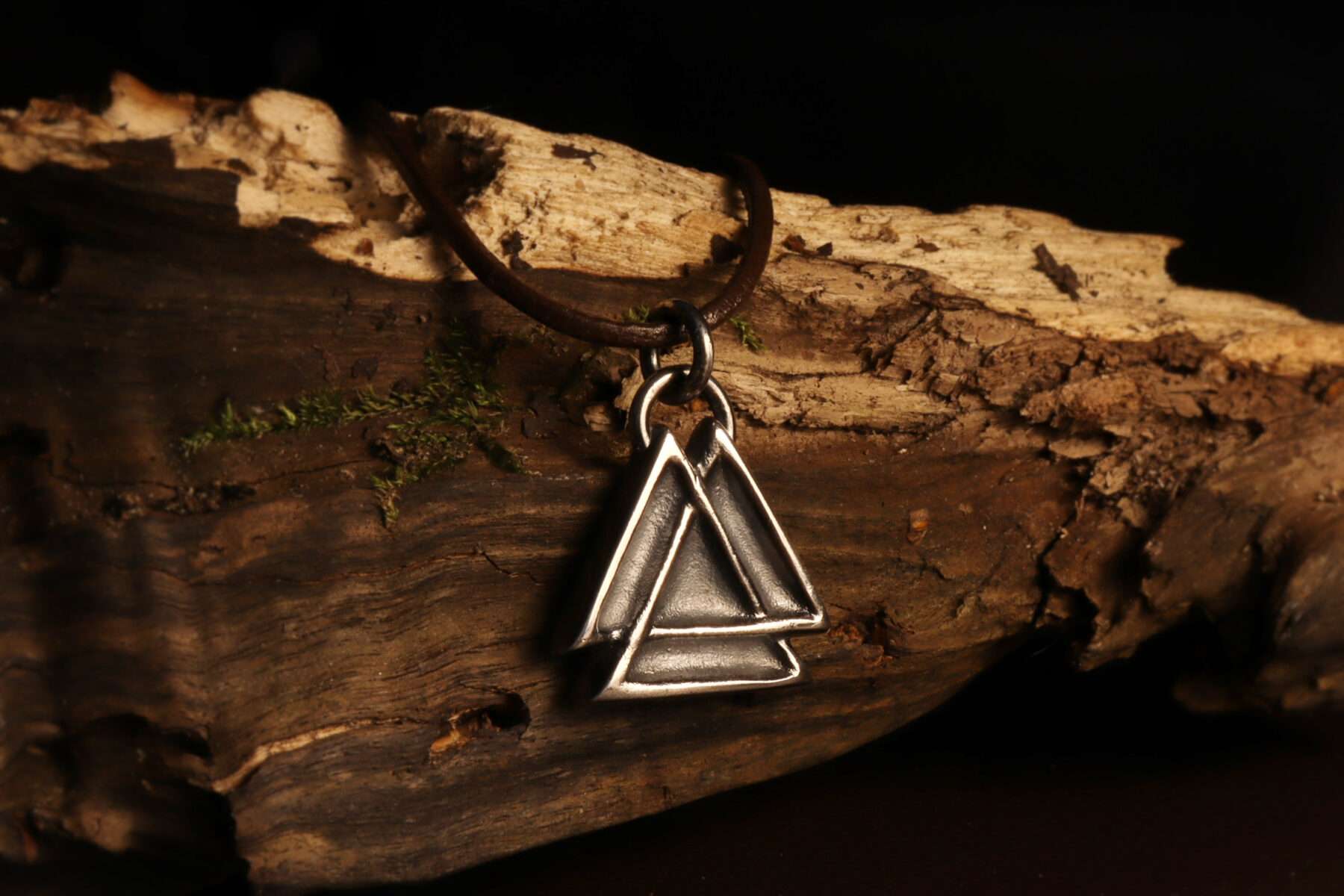
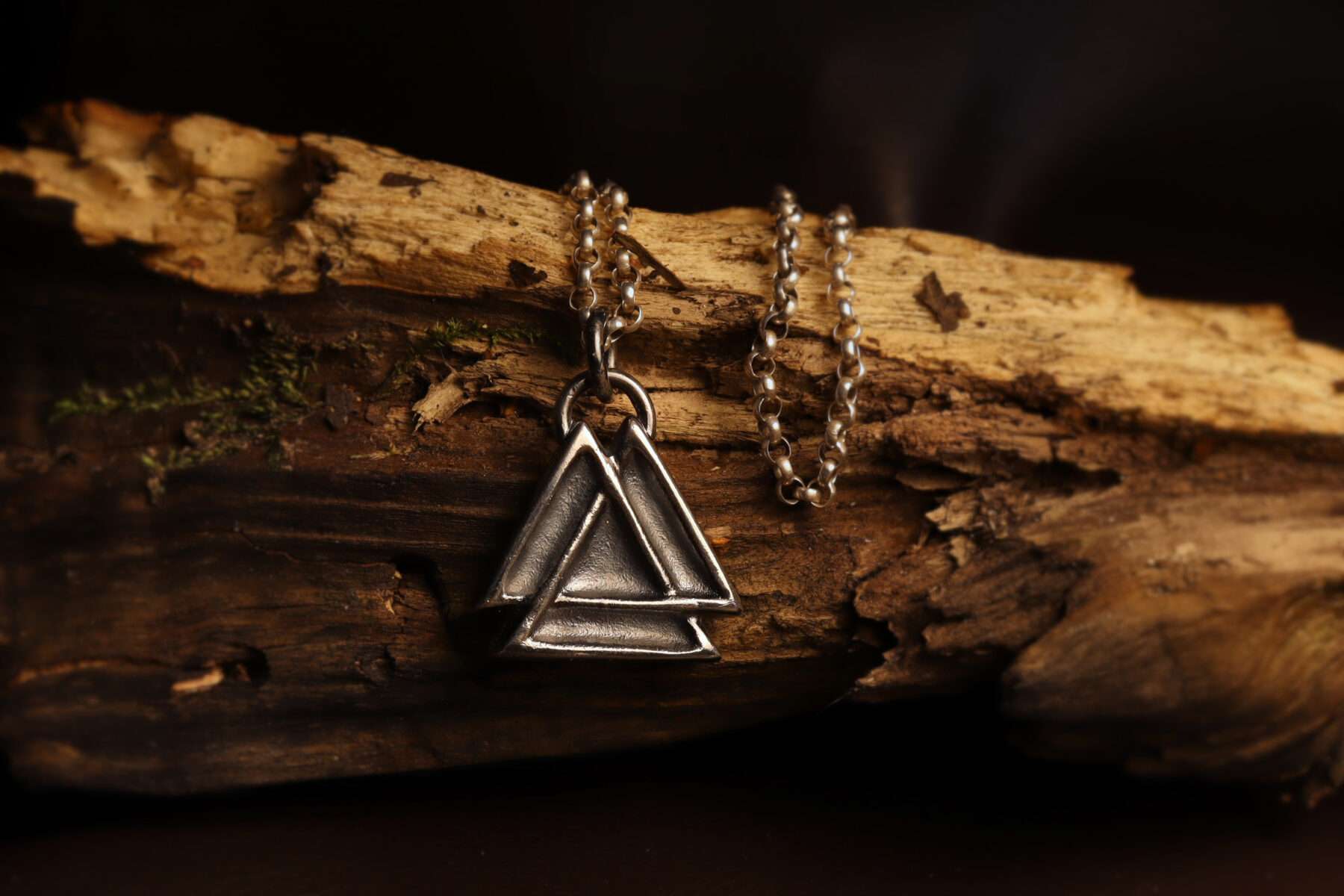
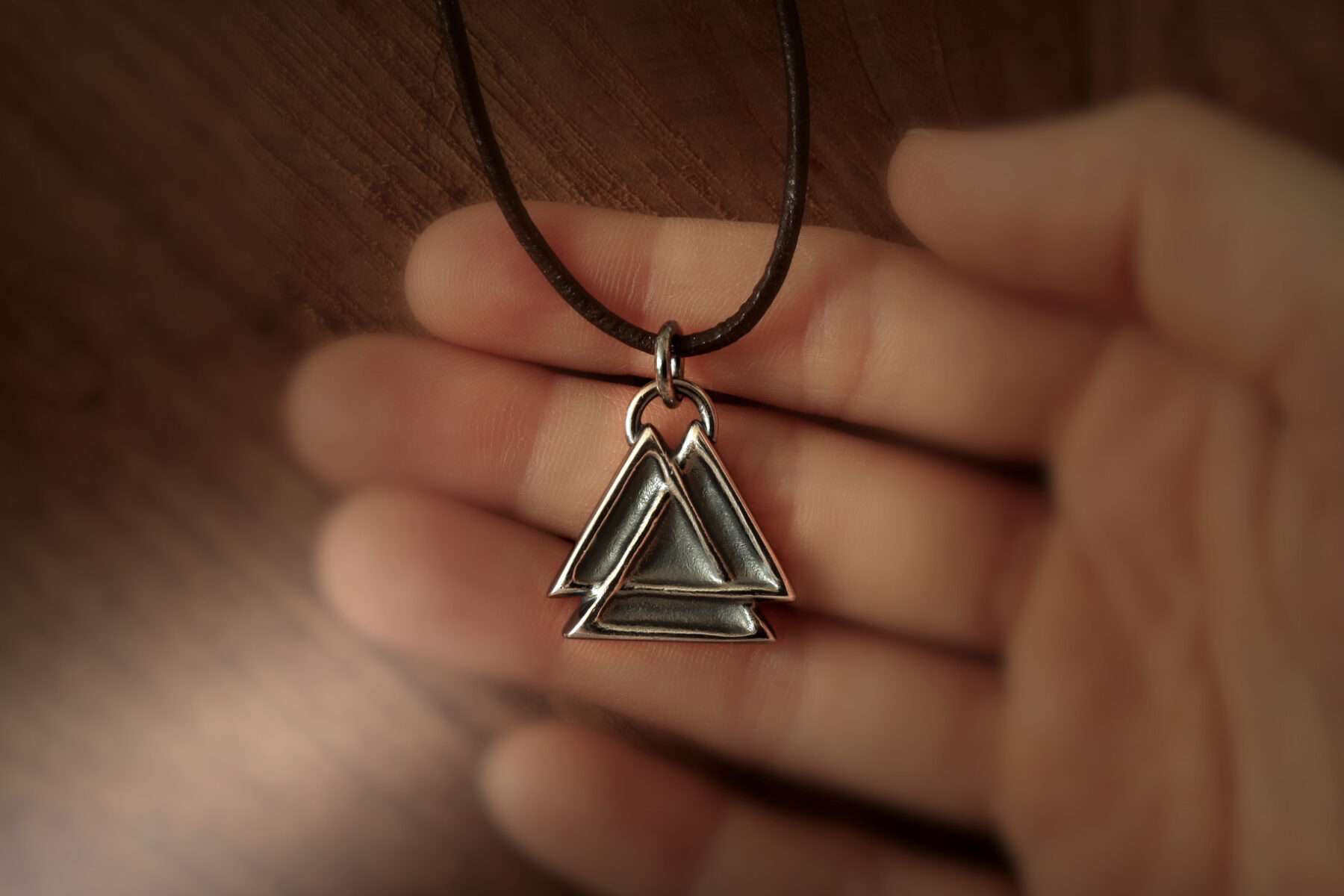



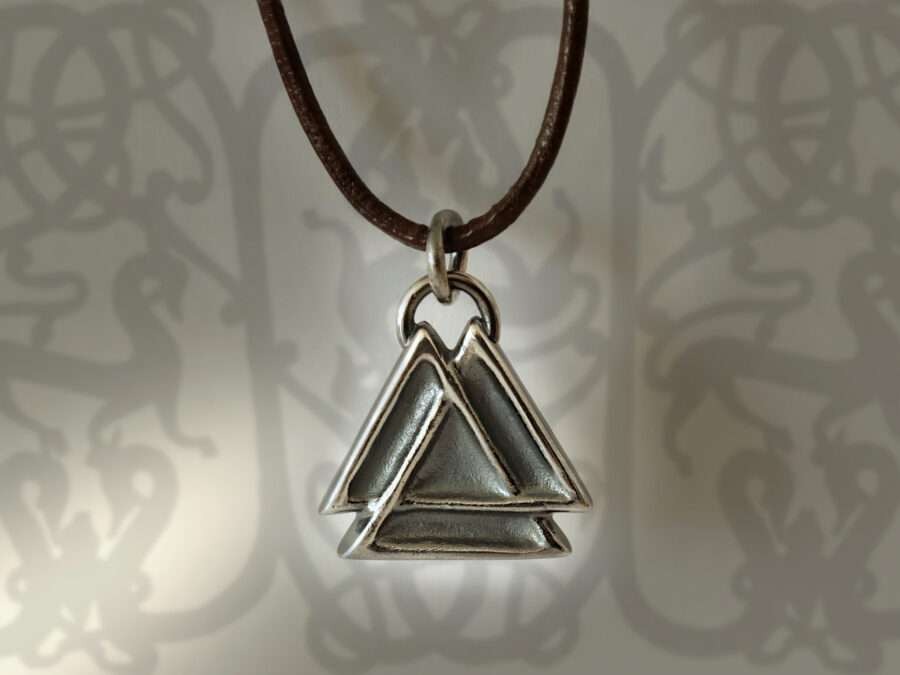
Reviews
There are no reviews yet.